New York Governor Kathy Hochul signed new legislation that inches the state towards its fleshed out adult use cannabis plan.
This bill, coined the Conditional Cannabis Cultivation Bill, will allow New York’s existing hemp farmers to obtain licenses to grow cannabis beginning in spring 2022.
This is an important step for New York’s legalization of adult-use cannabis, ensuring the state has everything it needs on the legal cultivation end before the retail market is officially established and regulated.
Everything New York Cannabis Farmers Need to Know About the Conditional Cultivation Bill
As with all things cannabis, New York’s Conditional Cannabis Cultivation Bill comes with a fair amount of requirements to meet before a farmer can begin the application process.
Here are all of the qualifiers to be aware of before applying for a cultivation license in New York state:
- Applicants must have been an authorized industrial hemp research partner for the Department of Agriculture and Markets, cultivating hemp for its non-intoxicating cannabinoid content for at least two of the past four years and in good standing as of December 31, 2021.
- Applicants must participate in a social equity mentorship program, where training is provided in cannabis cultivation and processing for social and economic equity partners, preparing for potential roles within the industry.
- Applicants must meet sustainability requirements to ensure cannabis is grown in an environmentally conscious manner.
Assuming these requirements are met and a conditional license is awarded, New York state cannabis cultivators will be required to operate within the following regulations:
- Cultivators may grow outdoors or in a greenhouse for up to two years from the conditional license issuance.
- Cultivators can manufacture and distribute cannabis flower products without an adult-use processor and/or distributor license until June 1, 2023.
- Cultivators are limited to one acre of flowering canopy outdoors, or 25,000 square feet in a greenhouse.
- Cultivators may use up to 20 artificial lights for growing.
- Cultivators can split between outdoor and greenhouse grow operations with a maximum total canopy of 30,000 square feet, so long as the greenhouse’s canopy remains under 20,000 square feet.
"I am thankful to the Governor and Legislature for supporting our efforts to build a safe, accessible and stable New York Cannabis industry,” said Cannabis Control Board Chair Tremaine Wright in a public statement.
“This law places New York's farmers first in line to grow cannabis, the timing of which is critical to our efforts to roll out the adult use program. With this bill, we're continuing to put equity and inclusion at the forefront of the new cannabis industry we're building."
In today’s legal market, equity and inclusion is undoubtedly the most important piece for any cannabis lawmaker to consider – especially with people still in prison for cannabis crimes today.
The industry’s eyes are all on New York right now, making sure the nationally-influential state gets this right, and hopefully sets the stage for an industry that truly operates with these ideals at the forefront, from cultivator to consumer.
Need a little more Bluntness in your life? Sign Up for our newsletter to stay in the loop.
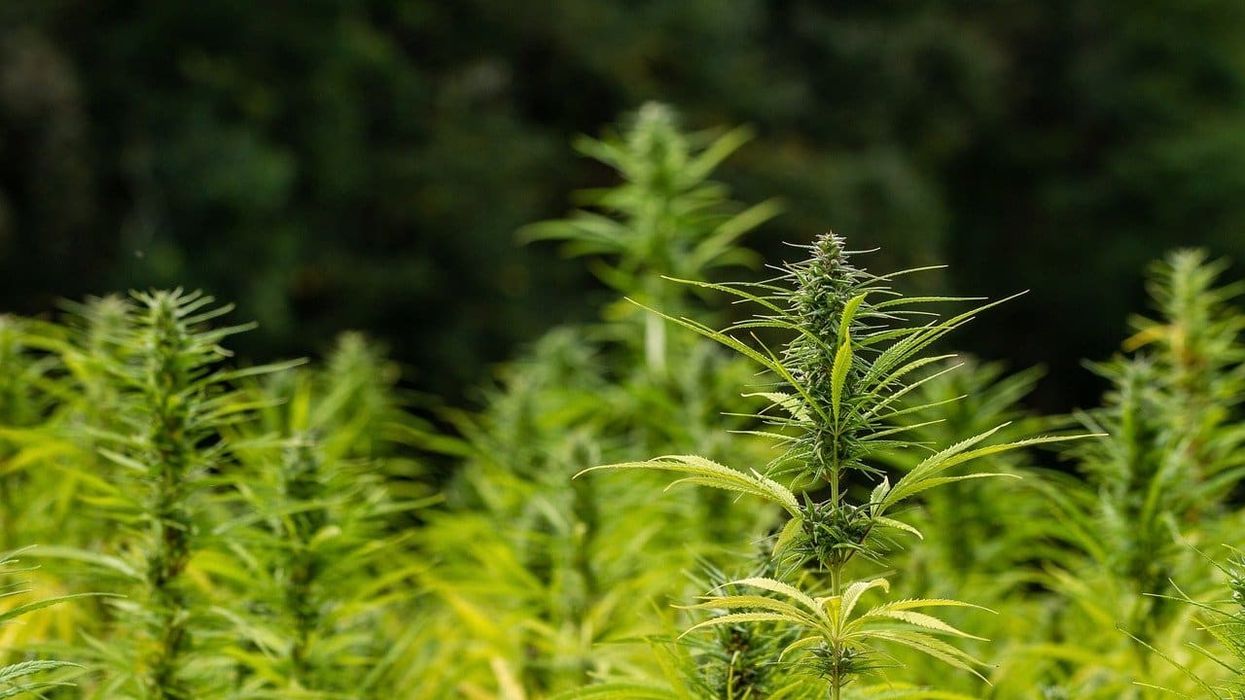


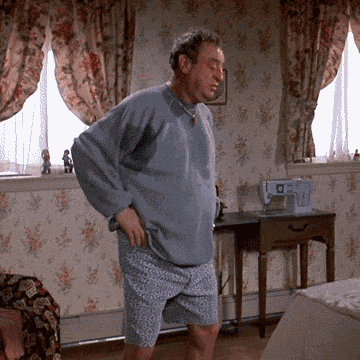

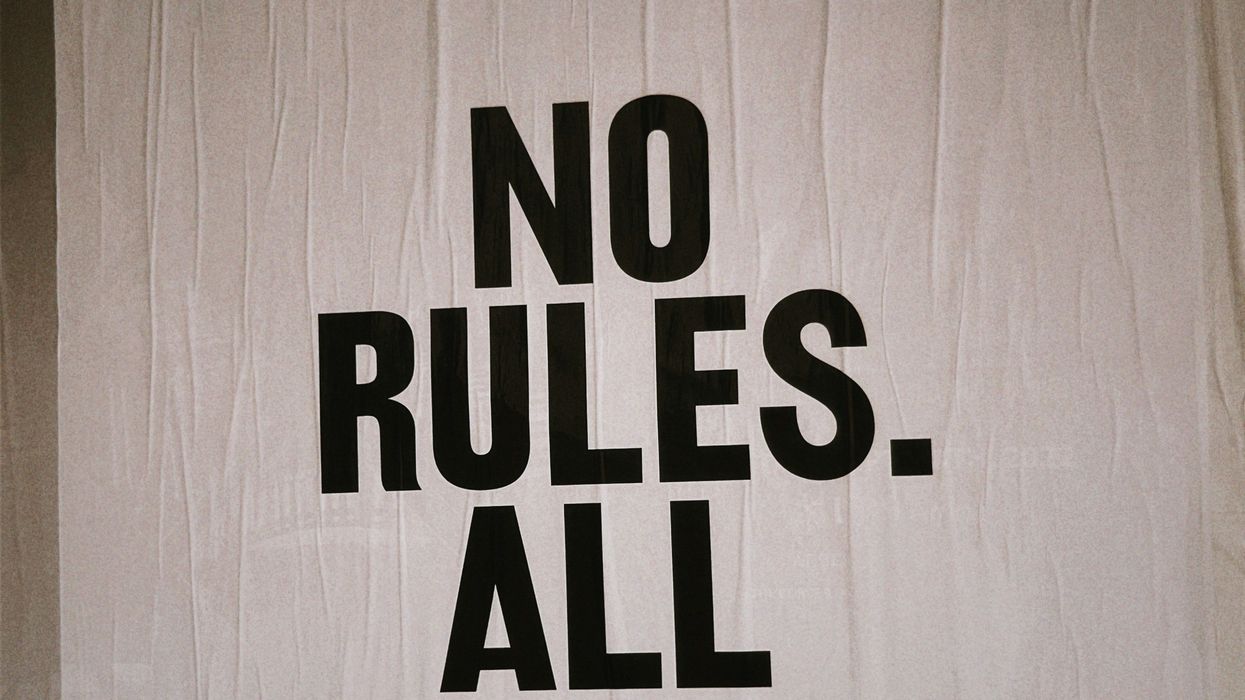
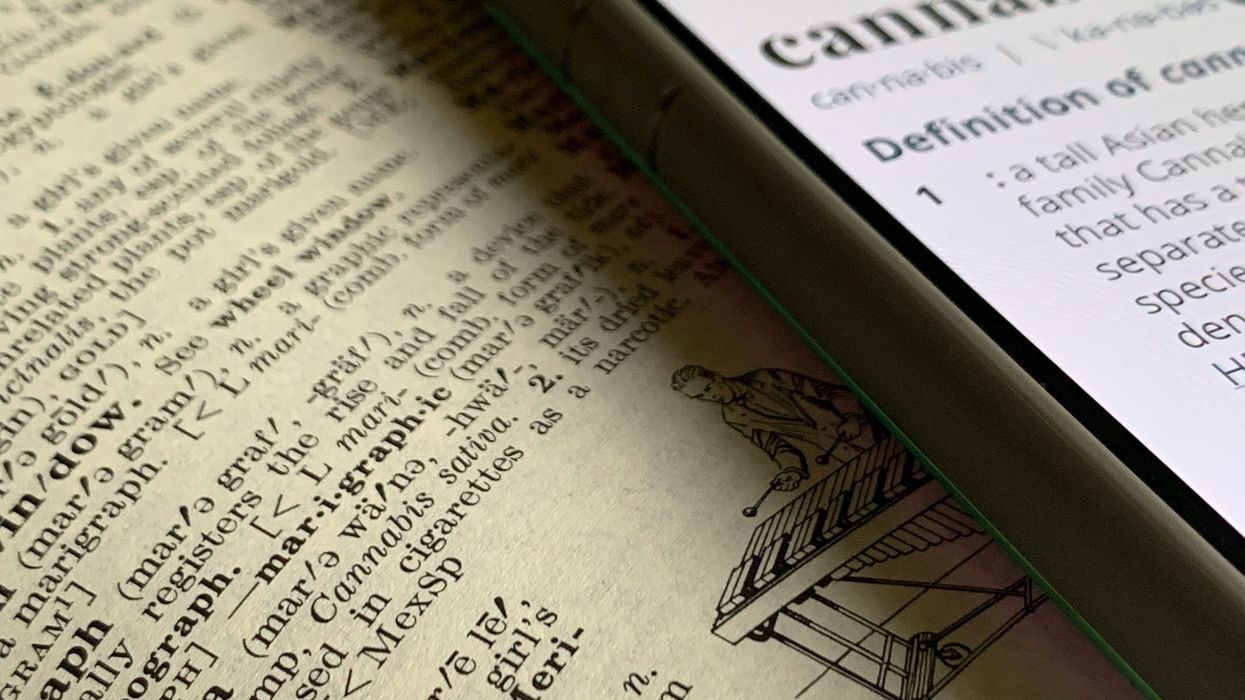

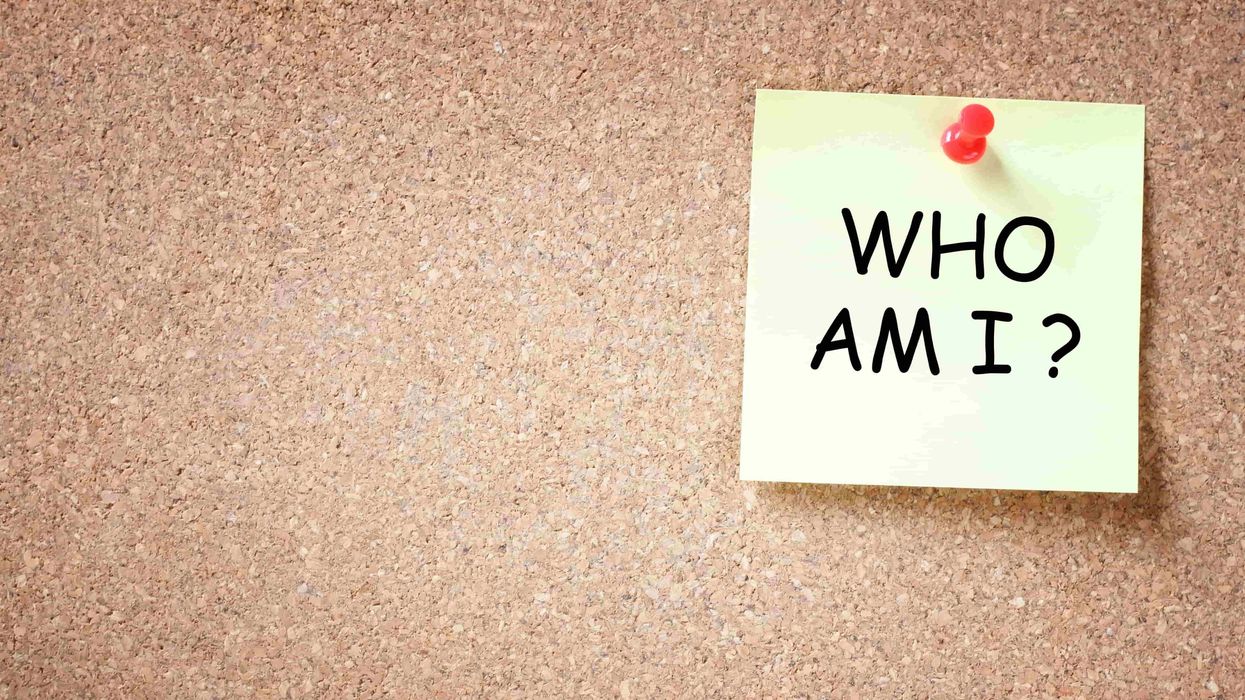
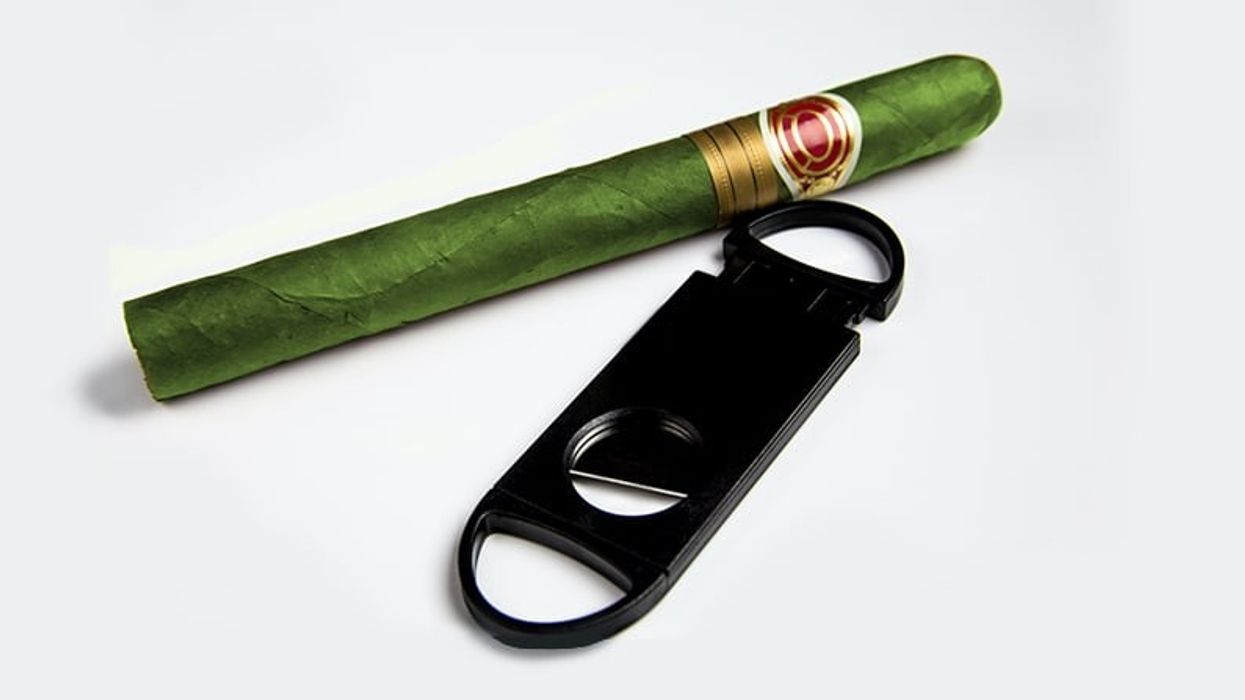
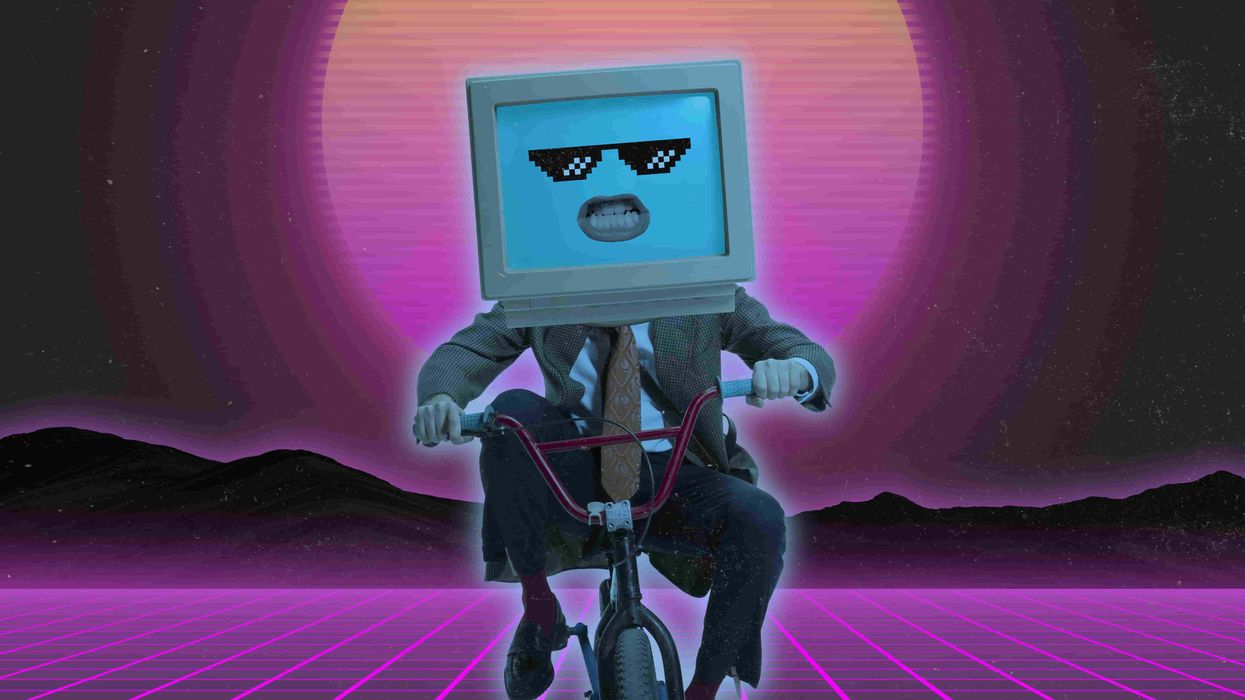
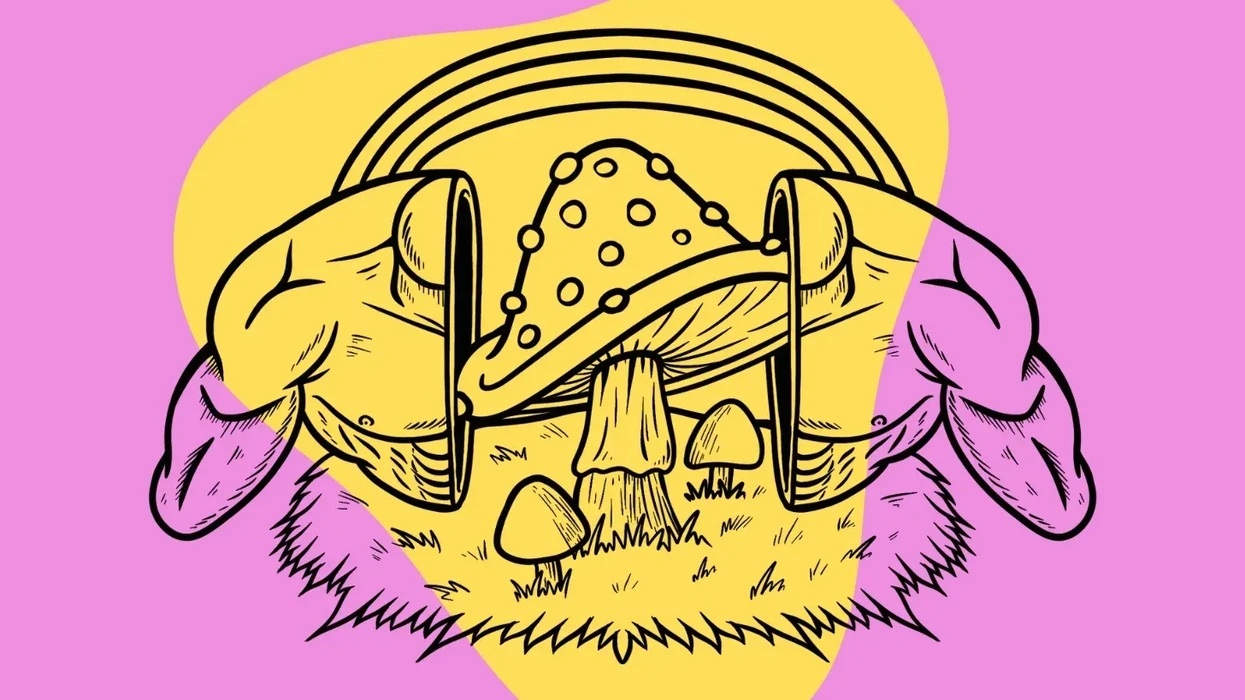

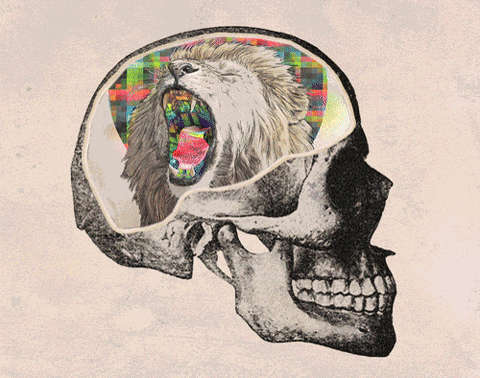
 Cannabis and Aging: A Groundbreaking Study Challenges Long-Held Beliefs
Photo by
Cannabis and Aging: A Groundbreaking Study Challenges Long-Held Beliefs
Photo by  Cannabis and Aging: A Groundbreaking Study Challenges Long-Held Beliefs
Photo by
Cannabis and Aging: A Groundbreaking Study Challenges Long-Held Beliefs
Photo by 


 Will the Biden White House bring cannabis fear or cannabis hope in 2021 and beyond? Let's ask the staffers he fired for past cannabis use.
Will the Biden White House bring cannabis fear or cannabis hope in 2021 and beyond? Let's ask the staffers he fired for past cannabis use. During the 2020 campaign, apparently Biden was afraid a pro-cannabis stance would hurt his political chances.Photo by Gayatri Malhotra on Unsplash
During the 2020 campaign, apparently Biden was afraid a pro-cannabis stance would hurt his political chances.Photo by Gayatri Malhotra on Unsplash